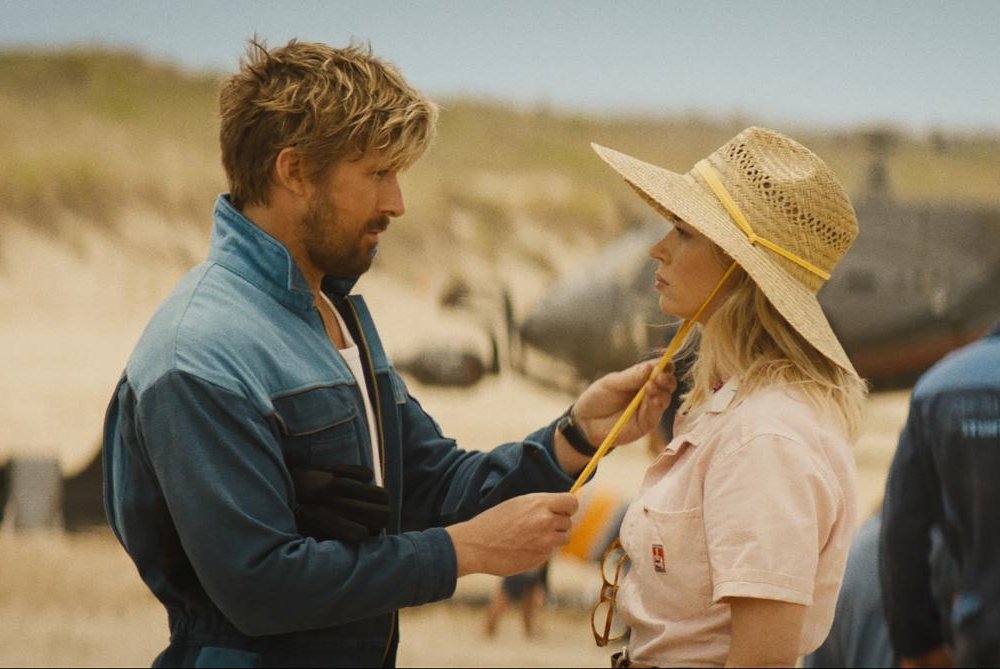The past three years outdoor fitness thrived during the COVID-19 pandemic. In fact, in many cases it was the only reason gyms could keep their doors open. But does outdoor fitness have a place in 2023?
Eric Schmitz, the president of California Athletic Clubs, believes so.
“For the clubs that are fortunate to be in a climate and have the space that allows for an enjoyable outdoor fitness experience I see it as a mainstay for clubs,” said Schmitz. “It can really be an attractive feature to differentiate within your local market.”
California Athletic Clubs offers general fitness programming with the traditional strength, cardiovascular and functional equipment available to members. In addition, Group X classes are offered at some of the seven locations. For Schmitz, one thing is clear — members still love to be able to take classes outside despite indoor operations being in full swing.
In 2020, the global outdoor fitness equipment market size was valued at $1.5 billion according to Allied Market Research, and is projected to reach $1.8 billion by 2023, growing at 4.3% compound annual growth rate (CAGR). Despite the low CAGR, it’s clear by observing TikTok trends like 75 Hard and “Hot Girl Walks” people still desire to go outside.
A lot like virtual fitness, today’s consumers expect you to have the offering even if it’s not well utilized.
“Outdoor fitness is a differentiator in the market to be able to offer sustainable outdoor fitness options,” said Schmitz. “It’s not even related to COVID-19. Our members just love to be able to workout outside.”
According to ACE Fitness, having your members take their workouts outdoors can enhance not only their physical health but their mental health as well. Studies show outdoor exercise appears to be more beneficial to mental health than indoor activities. Also known as “green exercise,” the offering can elevate a person’s mood and strengthen the impact of their workouts.
However, there are challenges that come with outdoor fitness, the main one being the elements — even in places like California.
“There are way more things you have to try to control and that can be a challenge,” explained Schmitz. “We have landed with keeping things simple and sustainable as it relates to equipment that we are using outside.”
If you are considering adding a permanent outdoor area, Schmitz recommended not cutting corners on your design and fully thinking out the offering before launching it.
Schmitz recommended incorporating strength, cardiovascular and flexibility areas into your design, and ensuring you invest in proper equipment that can withstand your area’s weather. Additionally, don’t skimp on having the proper flooring as this adds a lot to the overall experience. He added it’s vital to ensure you are following any special guidelines from your insurance company. And lastly, create seasonal programming for the demographic you want to attract.
Overall, Schmitz believes outdoor group exercise classes will remain popular long after COVID-19 subsides in most areas in the U.S.
“Make sure to set up a safe environment that keeps weather issues, tripping hazards and noise problems to a minimum,” said Schmitz. “Even if your class offerings are seasonal, it can be an important differentiator that adds value.”
The post Onward for Outdoor Fitness appeared first on Club Solutions Magazine.
This content was originally published here.









